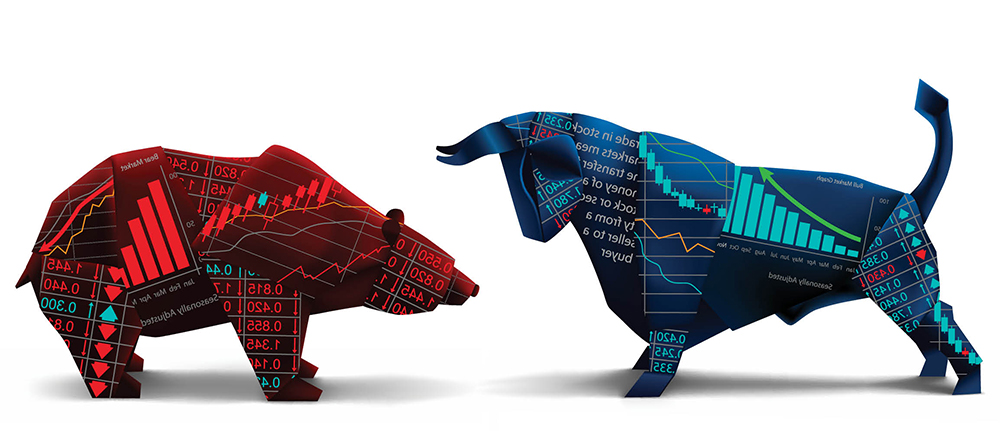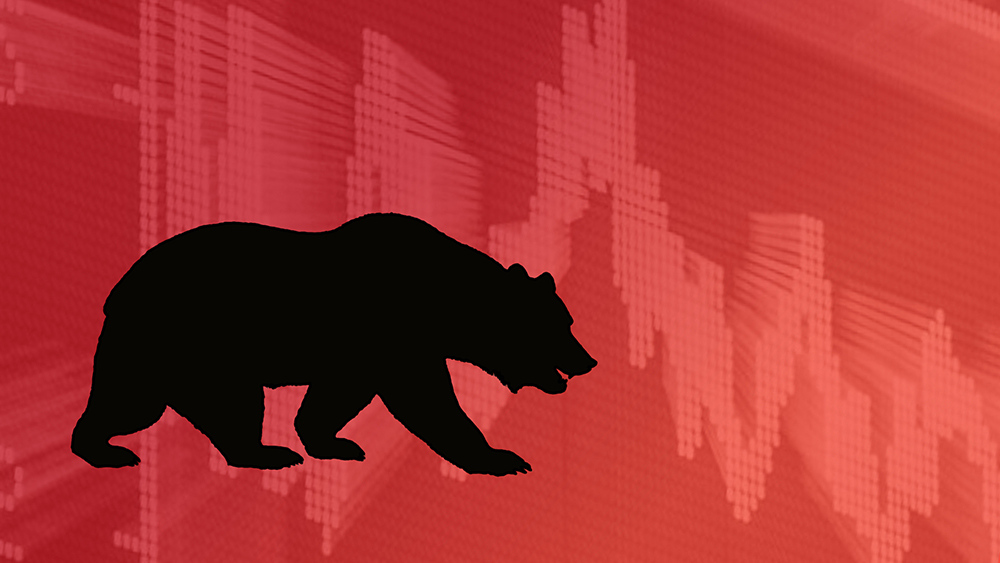How we prepare our businesses for another potential bear market can mean the difference between thriving or struggling. Let’s revisit some keys to maintaining a financially viable company when the economy is slowing.
SAFEGUARD CASH RESERVE
Have a contingency plan to maintain cash reserves. You may aim to save 10% of your business cash in a high-yield savings account for unforeseen cash crunches. This way, you can avoid relying on lines of credit from your bank with high interest rates.
BACKUP PLANS
Have backup plans in case a critical supplier goes offline, faces unexpected delays, or increases prices excessively, which would impact your profits. Securing secondary options for critical supply chain components is playing it smart.
EXPANSION LIMITS
Although you may have plans to expand your product or service offerings or increase your geographic market reach, consider whether the return on investment will warrant the capital needed to make the growth a success. It may make sense to move forward or to wait out the economic slowdown. Moving too fast right now could over-extend your operation and unforeseen circumstances may catch you off guard. Keep your eye on outside factors that are out of your control (inflation, unforeseen lockdowns, shipping delays, unexpected rising costs, cooling market sentiment, etc.).
RAISE PRICES
It might sound counter-intuitive to raise your prices in a slowing economy, but you’ll need to fight inflation and cover the increasing costs of goods sold that are shrinking your gross margins.
Consider bundling products together to help justify a price increase in your customers’ eyes. Optimizing your average order value will raise transaction amounts.
CUT BACK
Be sure to cut excess expenses. That might mean targeting your marketing to your top-performing channels and tabling the rest for the foreseeable future.
Perhaps you’ll need to manage your business with fewer of the employee perks, like free lunches and keep tabs on travel, meetings, etc.




